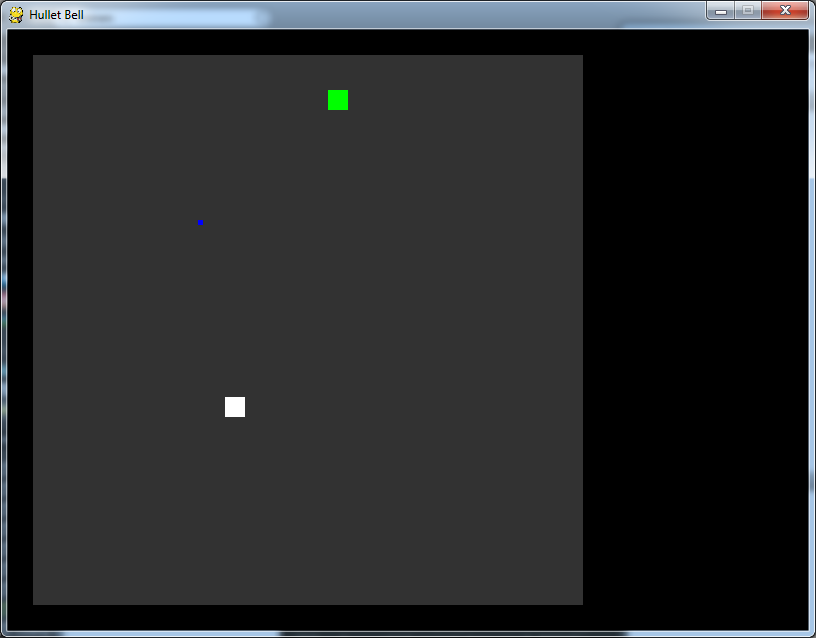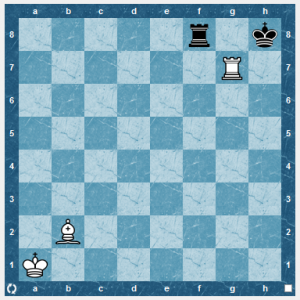Going in to The Charisma Myth (Olivia Fox Cabane, Penguin Books), I was naturally wary of the hype surrounding it. Many of the Amazon reviews claim the book’s advice will enrich your life, that it will make you more charismatic, or it will help you land that dream job. This sort of guarantee is slapped on to virtually every self-help book out there, and it’s not hard to imagine why. I am not saying these books don’t help people, I just question people’s beliefs on how these books help them. There’s a rant incoming, you might want to skip to the review proper.
General thoughts on self-help
It’s not outside the realm of possibility that these reviewers tricked themselves into believing that the book had somehow ‘made’ them charismatic just by virtue of reading it and performing the exercises therein. In fact, the book itself discusses the placebo effect, and how (apparently) even knowing you are ‘taking’ a placebo does not significantly change how it affects you compared to other placebo takers who are ignorant of the true nature of the drug/advice. Of course, the theory that these reviewers are placebo’d up is conjecture. I can’t even begin to imagine how hard it is to measure charisma quantitatively, let alone evaluate how a set of exercises affects your own image. But if the book is actually one big, confidence-giving placebo, hasn’t it actually accomplished exactly what it set out to do? This is a phenomenon that I would identify in many other self-improvement books: The book tells you it will help you, and if you come out better at the end of it, then it must have been the advice in the book, right? I don’t mean to pick on The Charisma Myth in particular, it is a preliminary thought that I have to get out before I can talk about the genre.
The actual review
Despite all that stuff about ‘ahh, it’s all placebos and trickery’, I quite enjoyed this book. It lays out a theory regarding charisma that can be summarised thus: “If you are comfortable in the mind and body, you will exhibit charismatic behaviour.” The book itself is broken down in to chapters covering subjects like putting yourself in to the right mental state, descriptions of the different kinds of charisma, and even a chapter on how to live with the drawbacks of your new-found magnetism (attracting sycophants, jealousy, dealing with superhuman expectations). Each chapter is surprisingly practical, offering a number of exercises that claim to help dispel confidence issues and keep your mind clear of distraction, and to give you the tools you need to give off physical charisma as well. The author claims all of the exercises are important, and if you plan on following the book, I agree: There’s no better way to absorb the information.
The book stresses that you will encounter situations that challenge your charisma, and by applying the exercises you’ll be able to take everything in stride. Despite the length of the exercises (most being over 10 steps long), the author maintains that actually performing some of these exercises will only take a couple of seconds once practised sufficiently. I have little reason to disbelieve her: Once you have a go-to set of thoughts that help reset your mental state to something charismatic, I imagine it’s quite easy to run through them.
Those mental things you can do
The book’s idea of a charismatic mind and body requires three behaviours: Presence, power and warmth. Presence is defined as ‘having a moment-to-moment awareness of what is happening’. Basically,it’s the idea that a conversational partner will feel like you’re actually paying attention to them, and everyone likes feeling like that. I personally know that I have tell-tale signs when I’m not fully paying attention to someone, and I occasionally use these to get people to go away. This is not a good thing, and I don’t recommend it, there are better ways to exit conversations. Indeed, the book has a few methods, mostly involving telling people you’ll get back to them about something that will be beneficial to them, leaving the conversation on a high note for them. But I digress.
One of the exercises for ‘practising’ presence is to focus on the sensations in your toes, and nothing else, for a whole minute. This might be easy for some people, but it wasn’t immediately obvious to me just what you’re meant to actually feel when doing this exercise. After a couple of attempts, it became apparent that the idea was to notice those little tiny sensations that are constantly happening, but you subconsciously ignore. The rest of the exercise covers listening to the surrounding sounds, and focusing on your breathing and associated sensations. It is then stated that you should perform these exercises any time when you feel your presence waning during conversation. You put your focus in to something you’ve practised with, then transfer it to whoever you’re listening to. To be frank, I think if you’re capable of noticing your attention waning, you can snap back without the intermediate step. Nevertheless, you can’t knock these things until you try them. Visualisation is a common theme throughout the book for practising the charismatic behaviours. There’s a significant amount of overlap with your average neuro-linguistic programming book when it comes to this stuff, but the provided examples of what exactly you should visualise are relevant and useful for the purpose of building and maintaining charisma.
Warmth is meant to come from empathy with your dialogue partners, the idea that you actually care about what they are saying or going through, or otherwise have an interest in their well-being. I can also see how this would help with the whole ‘getting people to like you’ thing, given that, just like how it’s nice to have someone listen to you, it’s nice to have someone care about what you’re saying or doing. Some of the warmth exercises get a bit wacky or even uncomfortable: The author recommends that for people who you dislike dealing with, you imagine that it is their last day alive and work with the empathy you’d have for someone not long for this world. That’s an extreme action, as the book will tell you, but it gives you an idea about the sort of tricks you’ll be playing on your mind to get in to the right state.
Lastly, there is power. Power comes from appearing capable, wielding influence, or being otherwise able to affect the world around you. Most power comes from body language rather than your actual achievements, as people are generally willing to accept the front you put on, ahead of any actual evidence of your power. I can sort of believe this: There’s reasons why we have phrases like “dress to impress”, and meeting people who are confident and sure about themselves is something I enjoy and remember about a person. The big visualisation that the book recommends is remembering your most triumphant moment, and tapping in to the emotions you felt at that time to bring you to the same level of confidence and comfort as you did then.
Different Charismas for Different Folks
The book puts toward the idea that there are several different kinds of charisma, each differentiated by the amount you exhibit each behaviour. Focus charisma is when you exhibit, predictably, more presence than warmth or power. Kindness charisma is similar, with warmth being the primary behaviour. Visionary charisma combines two behaviours, requiring the energy of warmth with the sure-mindedness of power. This part of the book felt like bit of a page-filler: There was a lot of restating what was already said about the individual behaviours, and most of it followed as logical combinations of those. That said, there are excellent examples of people that embody each charisma type (such as Steve Jobs for visionary charisma, and Elon Musk for focus) and those concrete examples definitely helped me understand exactly what behaviours were used in each type of charisma, and how the behaviours are put in to practice.
Three simple tricks to boost your charisma that drive doctors mad!
Towards the beginning of the book, the author describes three physical things you can do that will ‘instantly boost’ your charisma, even without understanding the underlying reasons for their effectiveness. This sounds a lot like witchcraft, but these are mannerisms that I’ve noticed are quite common across charismatic people:
- Waiting two seconds to respond after someone stops speaking
- Reducing the amount you nod your head or interject random ‘yes’s and ‘uh-huh’s
- Lowering intonation at the end of your sentences
To go in to why these actually help would cover 60% of the book’s guide to physical charisma, but as a very quick synopsis: Waiting two seconds before responding is the hallmark of a great listener (increased presence), reducing the amount you nod shows less need to please (increased power), and lowering your intonation has a similar effect by showing confidence in what you saying (also increases power). All these behaviours have to be practised. I’ve been trying to drop them in to my conversations when I remember, and have already had a friend ask me why I was acting so weird. There’s definitely a level of subtlety required to pull these off, and the book recommends you practice as often as you can, with everyone you can (when the stakes aren’t high; you don’t need your boss asking you why you’re taking huge pauses before answering questions during your performance review).
The physical charisma part of the book is, in general, a lot more practical in the sense that you are given a set of instructions to follow, and following them will increase your charisma (or so claimed). There’s stuff in here about getting the perfect handshake, leaving conversations gracefully, taking compliments (harder than it sounds!)… There’s a whole lot of stuff to take in, and actually putting it all to use will take time. The book even recommends you do every exercise, no matter how silly they seem. I imagine one reason is that it will force you to actually absorb and apply the advice, rather than get stuck in this trap of having so much information and not knowing how to use it.
There’s a lot of stuff in this book guys
I’ve barely scratched the surface of what The Charisma Myth has to say. It’s a fun read, and with an exercise every few pages, you will not be without new things to try when you’re not reading! I’d recommend the Charisma Myth to anyone who needs the confidence boost to get what they want, or otherwise wants an insight in to the current state of charisma self-help today. Will it actually make you more charismatic? I’m going to try and find out. If I turn out to be the next Don Draper, I’ll let you know.


